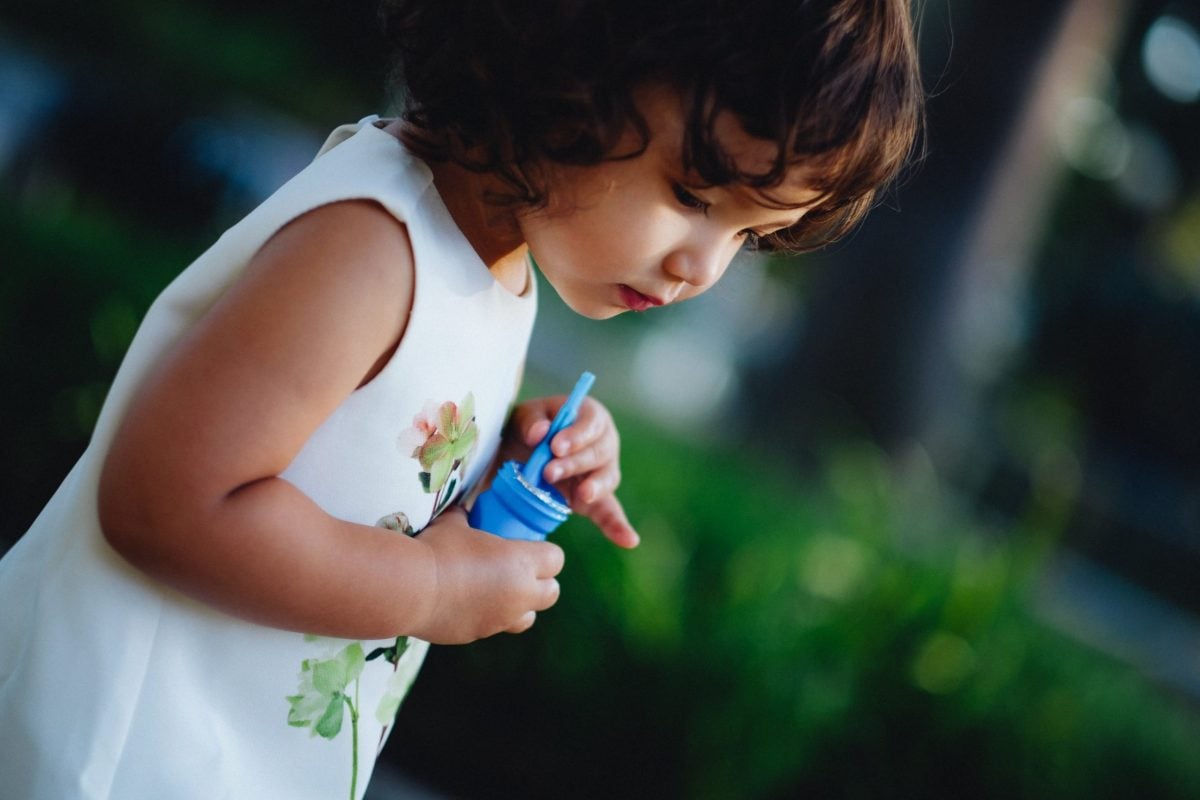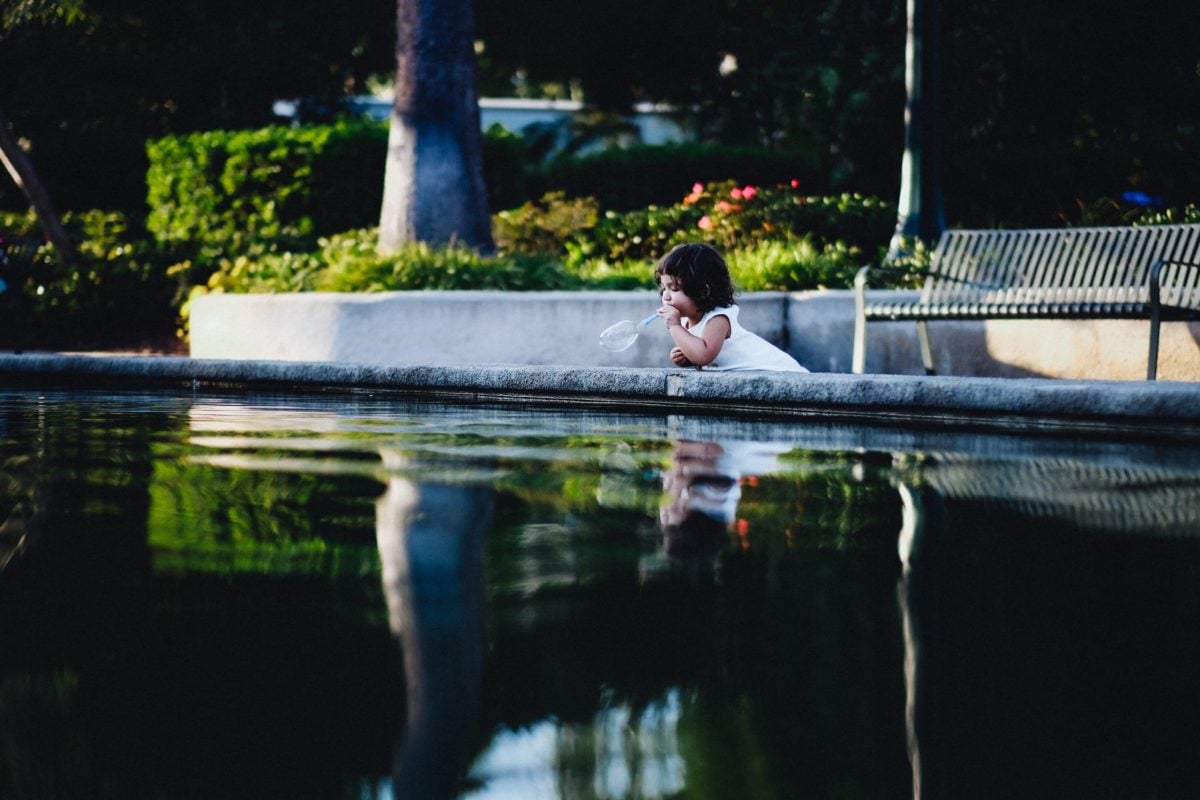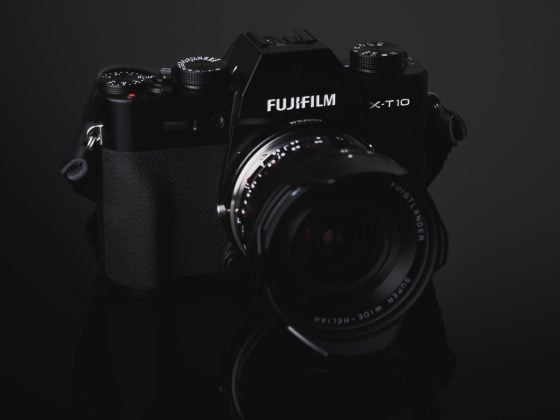The Fujifilm XF 56mm f1.2 R lens is phenomenal and is extremely fast with beautiful bokeh and a 7-blade rounded aperture at f1.2.
The lens is optically near perfect and is very well-built with an all-metal barrel. It does have somewhat of a high element count as a tradeoff to great corner-to-corner sharpness and chromatic aberration control, so it does produce a slightly more ethereal bokeh compared to a lens like the 34mm f1.4 and is slightly softer in terms of micro-contrast. Because of the 7-blade aperture, bokeh will get a little busy compared to a lens like the Fujifilm 60mm f2.4 with its 9-blade aperture.
The only real drawbacks are the fly-by-wire autofocus and plastic lens hood.
Fujifilm XF 56mm f1.2 R Lens Key Features
Field of View: 56mm (85mm equivalent field of view)
Max Aperture: f1.2, minimum f16.
Aperture Blades: 7-blade rounded aperture.
Element Count: 11 elements in 8 groups – 2 ED – 1 double-sided aspherical
Filter Size: 62mm filter size.
Fast Contrast AF Micro Processor: No
Fujinon XF 56mm f1.2 R – Amazon / Adorama /BHphoto
Fujinon XF 56mm f1.2 R APD – Amazon / Adorama /BHphoto

Fujifilm XF 56mm f1.2 R Lens First Impressions
What I Love About This Lens
This lens is fantastic. The images it produces are made with magic. Sharpness is fantastic corner to corner with no optical flaws like chromatic aberrations or color shifts. It’s great for street photography, where you want some distance, or it’s just great for traveling and landscape photography. If you’re a prime lens shooter, this lens is a must-have and was the first Fujinon prime I purchased when I made the switch to Fujifilm. Zero regrets.

Things I Don’t Love
The lens is pretty heavy compared to other Fujifilm lenses. When combined with a Fuji X-T2, you have a hefty little camera that’s a little front-heavy.
The 56mm lens is hard to stabilize and requires always shooting at a slightly faster shutter speed. I have trouble getting tack-sharp images at 1/60 shutter speed because of motion blur. If you’re on a tripod or shoot with strobes, this won’t be a problem.
As mentioned earlier the lens is completely fly-by-wire. You don’t get that same sense of control when using manual focus as you would with a Leica or a manual Zeiss. That’s just the way Fujifilm is designing their lenses so we can’t really complain.
I do wish the aperture clicks were a little tighter, as I’m always changing the aperture by accident when my hand hits it wrong or when the camera hangs from my neck strap. I think it’s something Fujifilm could work on.

Fujifilm XF 56mm f1.2 R Technical Review
The minimum aperture is f16, and the max is f1.2, making this lens a fantastic low-light tool for street photography or great for shallow depth when shooting portraits.
I’m assuming they stop the aperture at f16 because you really don’t need to go any more than that. At that point, we’re well beyond the diffraction limit of any of the Fujifilm cameras, and shooting any smaller would massively degrade image quality, which you can see on the diffraction chart. See the diffraction chart below.




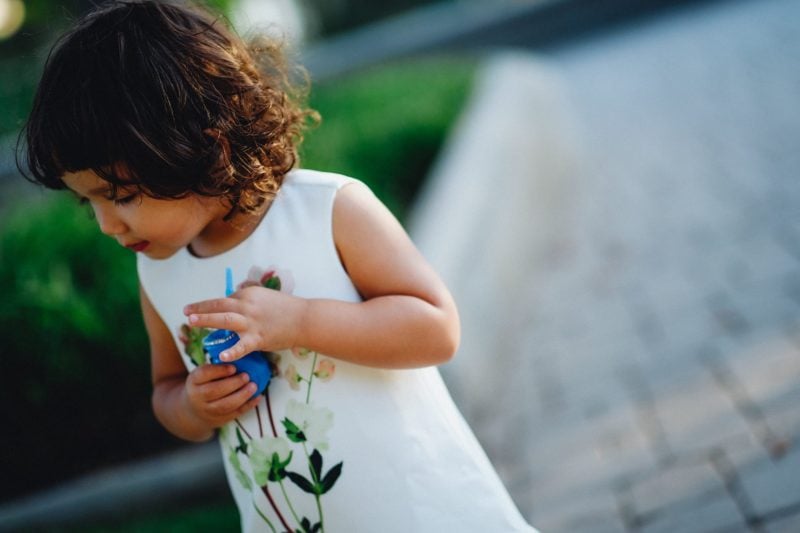
Fujifilm XF 56mm f1.2 R Diffraction Chart
This diffraction test will look different when Fujifilm’s newer, higher-megapixel cameras start to appear. Diffraction will become more apparent early on, and the 100% crop will be a bit larger. Resolution and lens IQ will be the same regardless of the number of megapixels. The sweet spot seems to be between f4 and f8.
F2 looks a lot nicer than f1.2, so when I don’t need an extremely shallow depth of field, f2 is usually a better option for general shooting. At f1.2, the aperture blades become completely round, which I’ll cover in a bit.
This is shot with Lens Modulation Optimizer turned On
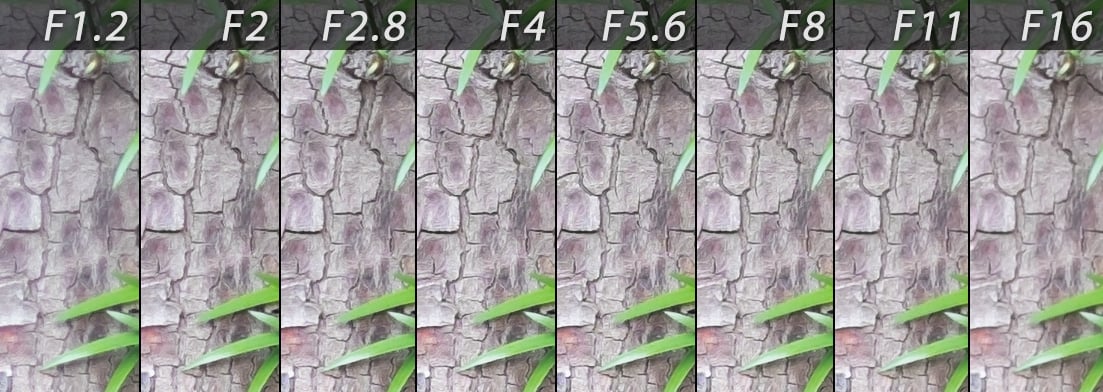
Fuji XF 56mm f1.2 R Vignetting
There is no noticeable Vignetting when shooting RAW or JPEG except at f1.2 and maybe a little at f2.

Lens Detail and Sharpness
You can click this image and view it at 100% I’ve also spared you the trouble and have posted 100% crops down below.
These images were RAW files saved out of Lightroom. You can get sharper images out of Iridient but I did not use Iridient because the point of this is to see changes in sharpness between the center, edges, and corners, which is very little. I think most people are still using Lightroom and Photoshop anyway.

Center Sharpness
100% crop of the center sharpness.
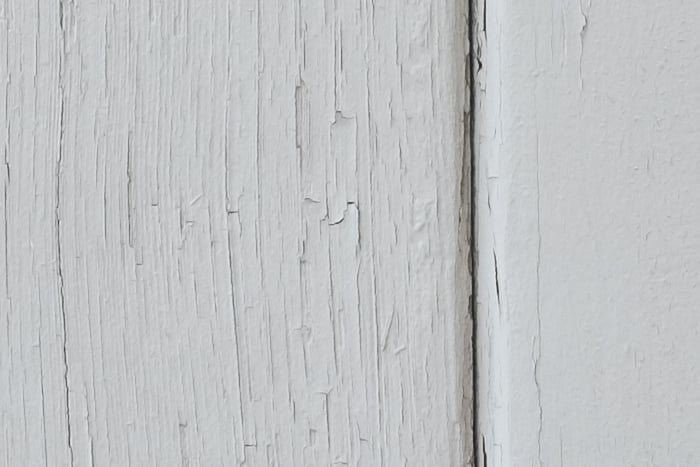
Edge Sharpness
100% crop of the left edge.
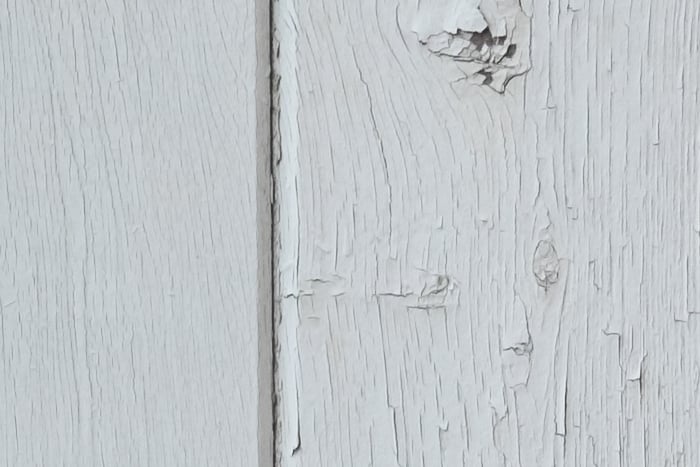
Corner Sharpness
100% crop of the bottom left corner.
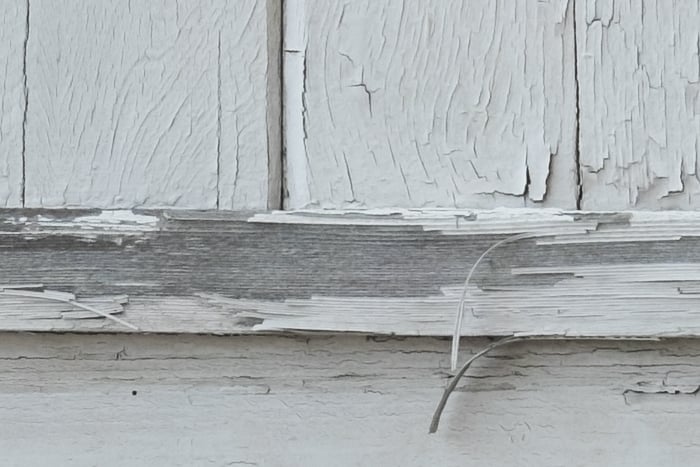
Chromatic Aberrations & Color Cast
Not seeing any color cast. Chromatic aberrations are also non-existent.
Focus Shifts
No focus shifts.
A focus shift is when your focus changes slightly between aperture adjustments.
Aesthetics
The 7 Blade Aperture And Bokeh
This lens and a lot of the Fujinon lenses have a 7-blade aperture setup. When not completely wide open there will be some geometry to your out-of-focus highlights. At lower apertures, around f2 to f1.2 the aperture blades become nearly round, and at f1.2 your out-of-focus highlights will be almost perfectly circular. I really like this design and the 7-blade bokeh just feels right to me.
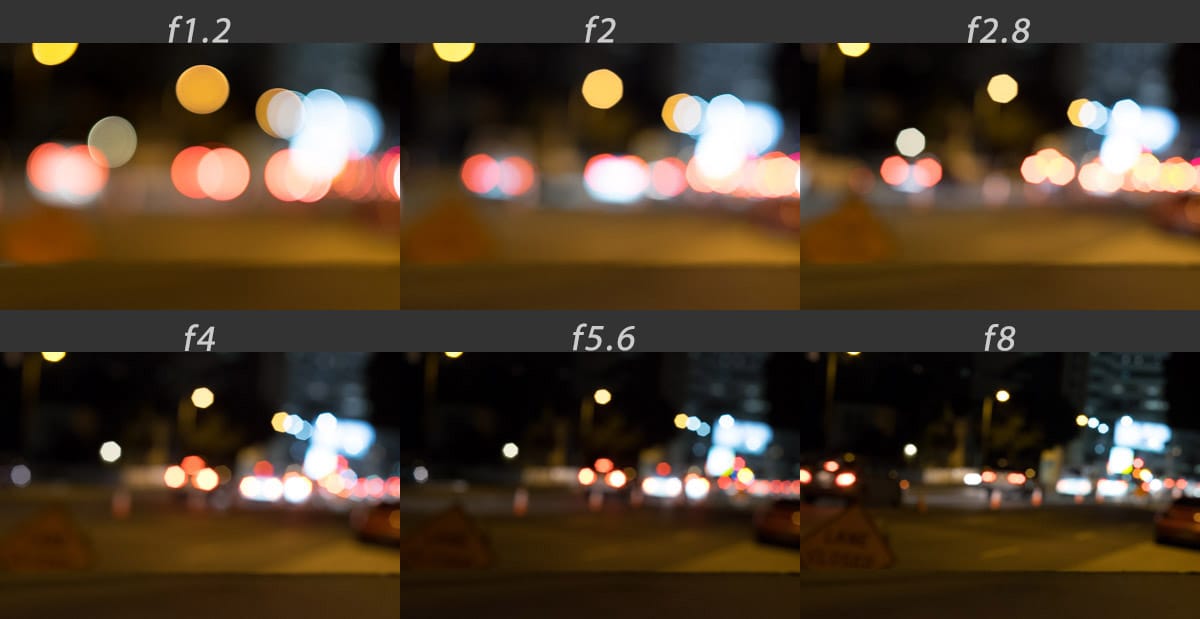
Depth Of Field
Both shots here were taken at f1.2. The depth of field is extremely shallow. When it’s wide open, sharpness falls off towards the edges.
These photos also illustrate front bokeh vs rear bokeh. Either way, it looks nice.

In the right conditions, you can actually get a little bit of swirl in the bokeh. It’s not as much as the 35mm f2 or some of those retro lenses, but it still has a very nice effect, especially considering how nice the bokeh renders with this lens.
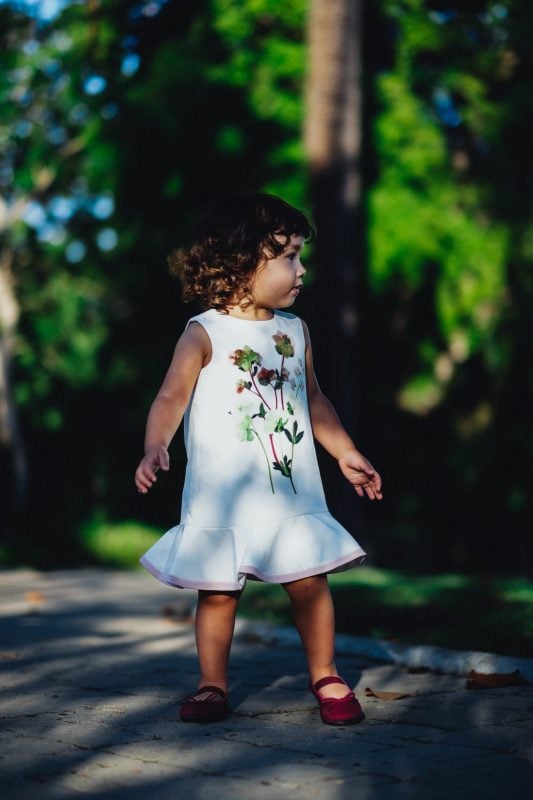
Fujinon 56mm f1.2 R vs APD
There are two versions of this lens: the one I have, the standard R, and the APD version with different coatings for “enhanced bokeh.” I don’t think the difference is worth the extra price. It’s a different look; it has pros and cons. Neither is a better lens. They just do things slightly differently, so I don’t understand why the APD costs more. With the APD, you lose phase detection autofocus and about a quarter stop of light until f5.6.
When looking at bokeh, the APD makes the difference. It’s not a huge difference, but it does help feather the edges of the highlights. To me, it doesn’t really feel like it’s making the image look better; it’s just a different look.
How the APD lens works has Fujifilm added a filter on the rear of the lens that works sort of like a circular gradient filter.
If you want to see a fairly in-depth comparison, check out the 56mm vs 56mm APD at fuji vs fuji.
Fujinon 56mm f1.2 R Review Conclusions
The lens is solid. Very well built but the fly-by-wire controls need more stiffness in my opinion. Aside from that, I’m really loving this lens.
If it goes on sale again, Get It!

Fujinon 56mm F1.2 R Sample Images
These images were all shot with the Fuji X-T1. Some were shot RAW some were JPEG. When I shoot RAW I use VSCO or RNI film simulators, or I’ll do something completely custom.

ISO 200, f6.4, 1/20

ISO 200, f6.4, 1/8

ISO 200, f1.2, 1/1250

ISO 200, f1.2, 1/1900

ISO 200, f1.4, 1/160

ISO 250, f5.6, 1/60

ISO 320, f5.6, 1/60

ISO 640, f8, 1/60

ISO 200, f3.6, 1/140

ISO 800, f1.2, 1/60
| **This website contains affiliate links. We will earn a small commission on purchases made through these links. Some of the links used in these articles will direct you to Amazon. As an Amazon Associate, I earn from qualifying purchases. |

